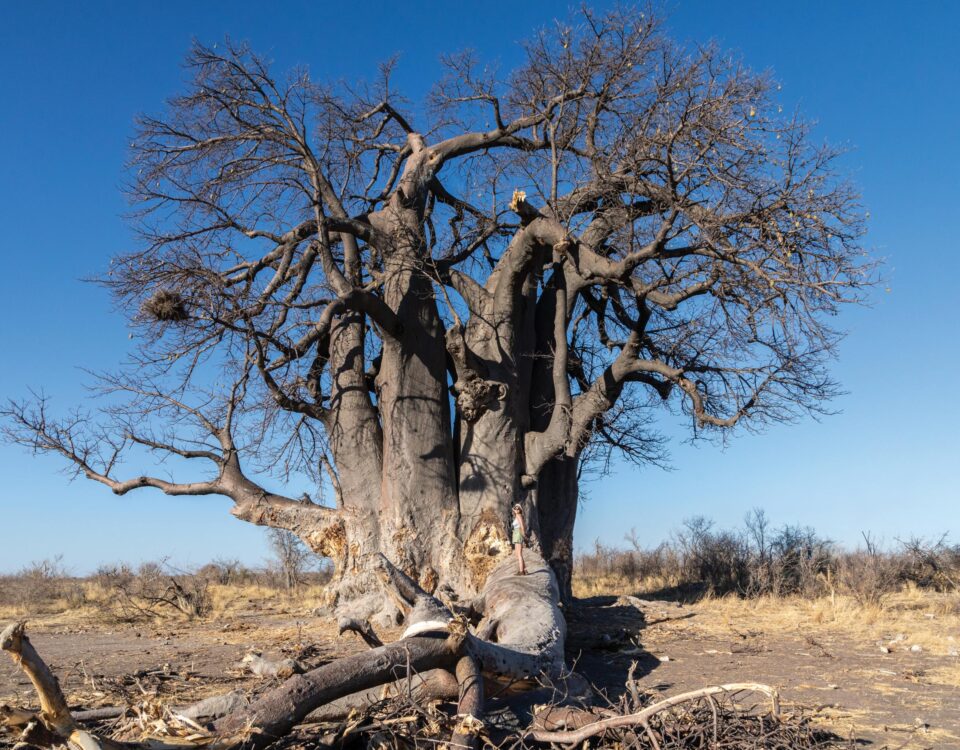Sharing Zambezi and Chobe’s fish
June 21, 2012The status of Namibia’s Harmann’s Zebra
June 21, 2012By Holger Kolberg, Ministry of Environment and Tourism
As part of the Skeleton Coast Iona Transfrontier Conservation initiative, staff of the Directorate Scientific Services of the Ministry of Environment and Tourism conducted an aerial survey of Iona National Park in Angola from June 6 – 14, 2003. Large numbers of livestock and people were observed in the eastern part of the park, whereas reasonable numbers of game were observed in the west.
The survey was arranged at the request of the Angolan Ministry of Urban Affairs and Environment after a familiarisation visit to the park by Angolan and Namibian officials in May 2002. A large portion of the costs of the survey was borne by Conservation International through its Transfrontier Conservation Initiatives office in Cape Town. Two Angolan scientists joined the Namibian team to gain first-hand survey experience.
Iona is a national park in the south-western corner of Angola. It extends over 15 000 km2 and has a tremendous variety of habitat ranging from dunes and gravel plains at the coast to extremely rugged mountains inland. With the use of a satellite image and topographic maps the park was divided into eleven survey blocks, of which eight were deemed to be flyable with a fixed-wing aircraft.
Initially all the blocks were to be flown at a 40% intensity, but after consultation with the flying crew, some blocks in the west were lowered to a 20% intensity to reduce the number of flying hours. With the use of GIS and GPS software, each block was “sliced” into transects and files for each block were created, ready to be uploaded when needed.
A decision was made to base the survey at Epupa Falls in Namibia and to fly from there into Iona every day. This eliminated the need for visas, landing clearance and tricky logistical arrangements.
Weather conditions forced the first ad hoc change to the plan. Due to strong west winds every afternoon, the team decided that one long session in the morning should be flown rather than an early morning and late afternoon session. On three other occasions fog prevented the team from flying the day’s designated block. On each occasion alternate blocks were uploaded and the crew managed to fly those.
Every day, on the return of the flying crew, the data was downloaded and the next day’s transects uploaded. While the flying crew members were away, the previous day’s data were entered into a spreadsheet, which allowed for quick summaries of the previous day’s counts.
A total of 8022.31 km2 (approximately 53.5%) of the park was surveyed, while the actual area sampled was 1749.37 km2 or 21.8%. The eastern part of the park is densely settled, with an estimated total of 629 villages, 27 500 goats and 14 000 head of cattle occurring here. There appear to be no humans in the drier western section of the park, where 2 400 springbok, 1 600 gemsbok, 400 ostrich and 260 mountain zebra were estimated to occur. The sighting of one leopard and one cheetah raised optimism that even these large predators are still present in the park. There were regrettably no signs of elephant or rhino.
This article appeared in the 2003/4 edition of Conservation and the Environment in Namibia.

